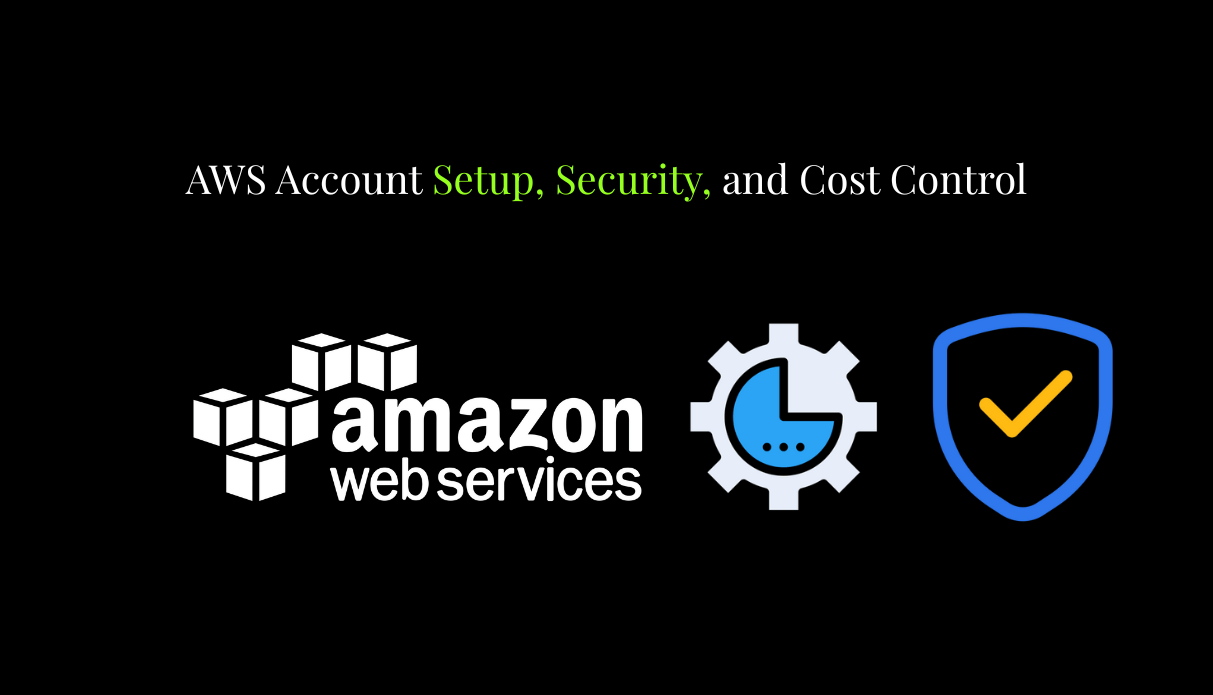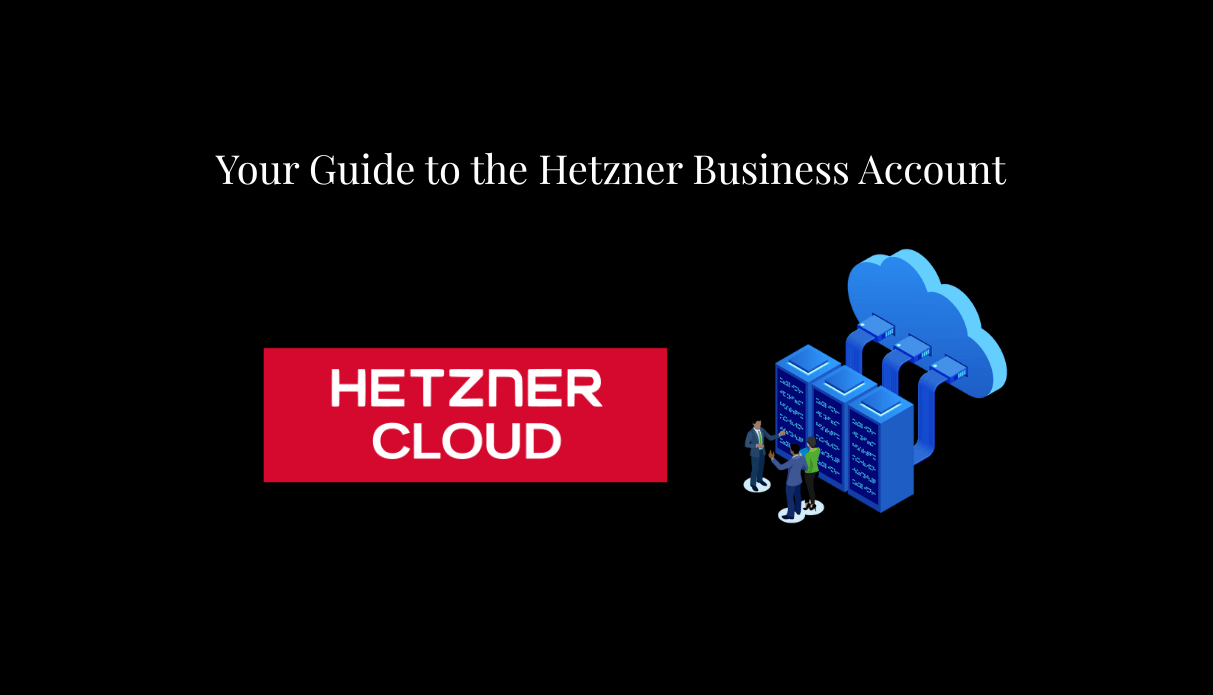AWS Account Setup, Security, and Cost Control
New to AWS? This ultimate guide walks you through AWS account setup, critical security best practices, and cost management tips to avoid surprise bills. Master your cloud foundation.
So, you’ve decided to harness the power of Amazon Web Services (AWS)—excellent choice! But before you launch your first serverless function or spin up a fleet of EC2 instances, it all starts with one crucial step: creating and securing your AWS account.
This comprehensive guide is your one-stop resource. We’ll walk you through everything from the initial AWS sign-up process to advanced cost optimization and security best practices. Whether you’re a developer, a startup founder, or an IT manager, mastering your AWS account is the first step to cloud success.
”Buy AWS account from the trusted platform ecovcc.com”
Why Your AWS Account Foundation Matters
Your AWS account is the gateway to over 200 cloud services. Setting it up correctly from the beginning is not just a recommendation; it’s critical for security, cost management, and scalability. A poorly configured account can lead to security vulnerabilities, unexpected bills running into thousands of dollars, and management nightmares down the line.
Step 1: How to Create Your AWS Account
The process of creating an AWS account is straightforward. Follow these steps to get started with the AWS Free Tier, which offers new users limited access to many services for 12 months.
-
Visit the AWS Website: Go to the official AWS homepage and click “Create an AWS Account.”
-
Enter Your Details: Provide your email address, choose a password for your AWS root user (more on this important term later), and name your account.
-
Contact Information: Enter your personal or business address and contact details.
-
Payment Information: You must enter a valid credit or debit card. This is for identity verification and for covering any costs that exceed the Free Tier limits. Don’t worry; you can set up guards against unexpected charges later in this guide.
-
Identity Verification: AWS will call your phone number to verify your identity using a PIN.
-
Select a Support Plan: Choose the basic (and free) “Basic Plan” for now. You can upgrade to a AWS support plan like Developer or Business later if needed.
-
You’re In! Congratulations, you can now log in to the AWS Management Console.
Pro Tip: Always use a company email address rather than a personal one for AWS account setup. This simplifies management if you need to transfer ownership later.
Step 2: Immediate Security Best Practices to Secure Your AWS Account
Logging in for the first time as the root user gives you unlimited power. Your first task is to protect this power. AWS account security is non-negotiable.
1. Protect Your Root User
-
Enable MFA (Multi-Factor Authentication): This is the single most important action you can take. AWS MFA adds a layer of security by requiring a code from a physical device or authenticator app alongside your password. Do this immediately!
-
Don’t Use It Daily: The root account should only be used for a few specific tasks: changing your support plan, modifying payment methods, and a few other account-service management tasks. Never use it for daily operations.
2. Implement IAM Best Practices
-
Create IAM Users: AWS Identity and Access Management (IAM) is your best friend. Create individual IAM users for every person who needs access. This allows you to assign precise permissions.
-
Follow the Principle of Least Privilege: Only grant the permissions necessary for a user to perform their job.
-
Use IAM Roles for Services: Instead of creating access keys, assign permissions to AWS services via IAM roles.
3. Consider AWS Organizations for Growth
If you plan to manage multiple projects or environments (e.g., development, staging, production), consider using AWS Organizations. It allows you to manage multiple AWS accounts under a single umbrella with consolidated billing, making cost management and isolation much easier.
Step 3: Mastering AWS Cost Management and Optimization
The fear of a surprise bill is real, but it’s easily avoidable. Take control of your spending from day one.
1. Set Up Billing Alerts
The first thing you should do is create an AWS billing alarm. This CloudWatch alarm will notify you via email when your estimated charges exceed a threshold you set (e.g., $10).
2. Explore the Cost Management Tools
-
AWS Cost Explorer: This powerful, free tool helps you visualize, understand, and manage your AWS costs and usage over time. Use it to identify spending trends.
-
AWS Budgets: Go beyond simple alarms. Set custom AWS budgets to define complex spending thresholds and get alerted when you exceed them.
3. Understand the Free Tier
Regularly check the AWS Free Tier page to know what services are free and their limits. Monitor your usage in the Billing Console to ensure you’re not exceeding these limits.
Advanced Topic: Designing a Multi-Account Strategy
As your cloud usage grows, a single account can become messy. Using AWS Organizations or AWS Control Tower to create a multi-account strategy is a best practice for enterprises. It provides:
-
Isolation: Separate production and development environments.
-
Improved Security: Contain potential security breaches.
-
Simplified Billing: Use consolidated billing to see all costs in one place.
What If Something Goes Wrong?
-
Forgot Root Password? Use the “Forgot your password?” flow on the sign-in page to recover your AWS root password.
-
Account Compromised? Contact AWS Support immediately.
-
See Unexpected Charges? Use Cost Explorer to drill down into the charges and identify the source. Then, use IAM policies to shut down the unauthorized resource.
Conclusion: You’re Now in Control
Setting up your AWS account is just the beginning. By following this guide—creating your account securely, locking it down with IAM best practices and MFA, and implementing cost control measures like billing alarms—you have built a secure, manageable, and cost-effective foundation for your cloud journey.
Remember, cloud mastery is an ongoing process. Continue to educate yourself on AWS cost optimization techniques like Savings Plans and regularly audit your IAM policies to ensure your account remains secure and efficient.



